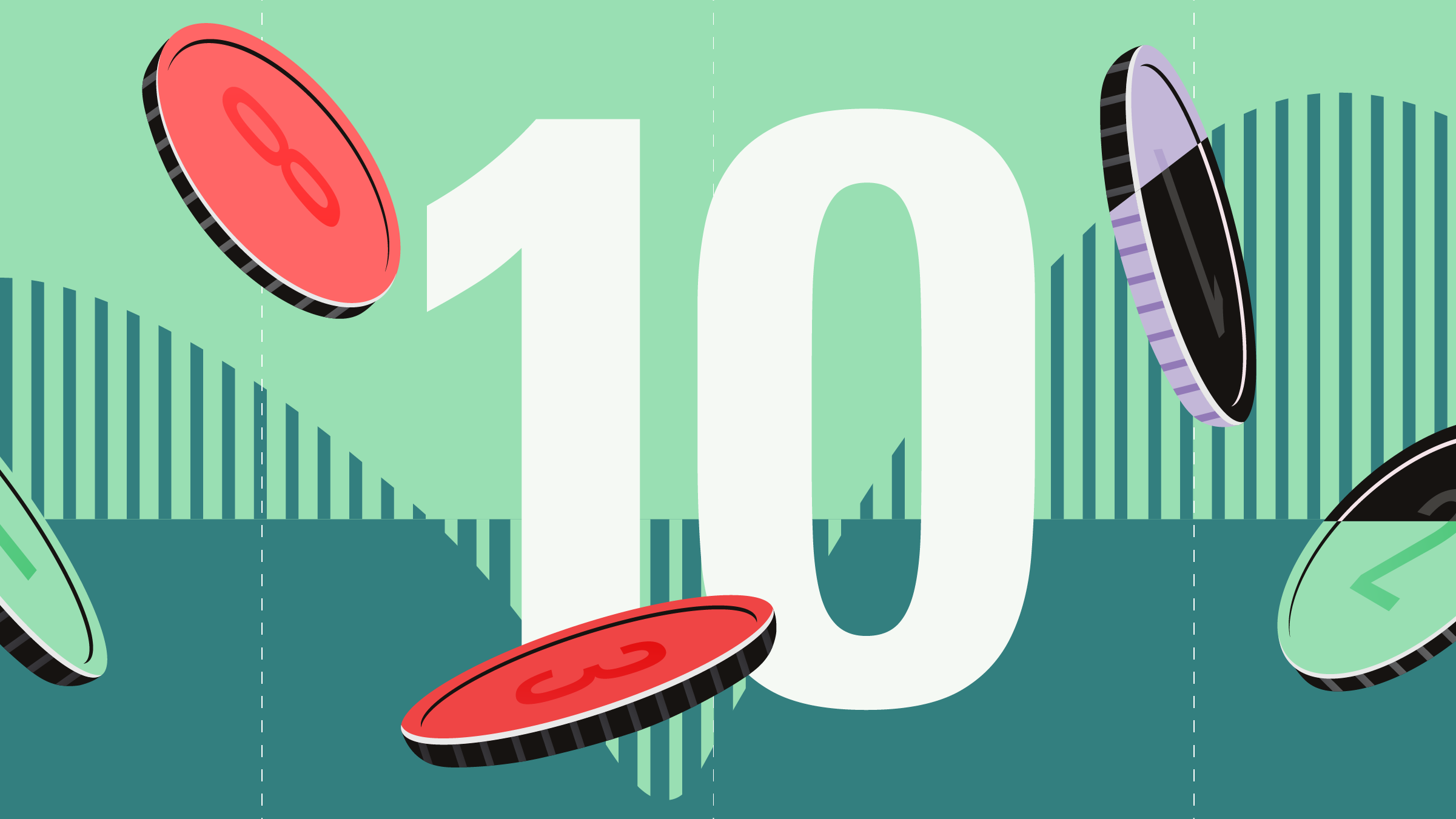Equities
Despite growth slowing in the emerging world, an acceleration in activity in the developed countries next year is expected to engender a gradual rebound in the global economy. Policy responses by governments and central banks should ensure recovery becomes entrenched and the consensus forecast is for a return to trend global growth in 2014.
Bond tapering still lies ahead, be it soon or in March, and with valuations in the US at least a little pricey, this may generate some near-term equity market turbulence. Even so, central bank actions have helped lower perceived systemic risks and investors are beginning to rebuild equity weightings and an overweight position is retained on a medium term view.
For the long run, we continue to recommend investors seek out good quality companies with healthy balance sheets and strong cash flows. The focus should be increasingly on companies with exposure to growing markets be they cyclical, defensive or financial, and irrespective of country, sector and size. Additionally, yield will remain important in a low interest rate world and some higher yielding stocks, albeit only those with rising dividends, remain favoured.
Bonds
With economic recovery hopefully underway and the US Fed still contemplating a gradual decline in bond purchases, the era of extraordinarily low bond yields is most likely over. In the US, 10-year yields more than doubled from their lows before the recent Fed-inspired back up, but most forecasters still expect yields to move above 3% over the next 6-12 months.
Near term, US yields could hold around 2.50% to 2.75% on disappointment with the US recovery and/or further tapering postponement, but the long term trend is towards higher yields and probably negative returns in real terms. For some considerable time corporate bonds have provided—and still offer—better inherent value, given the economic outlook and expected low default rates, especially at the riskier end of investment grade and in high yield. Even so, investors must be aware these are very illiquid markets prone to high volatility.
As expected, emerging market debt has rallied strongly in recent months but investors must recognise that more positive trends in developed markets do little to resolve the short/medium term imbalances in a number of important emerging countries.
UK Commercial Property
UK commercial property values are on the rise. The outlook for the year has become far clearer with improving financing availability and growing interest in both prime and secondary properties, even outside of the M25. Latest data show that increases in capital values have overtaken income in monthly returns and with a high 6%+ yield and a still very wide yield gap relative to bonds and cash, property is attractive to income-starved institutions and those seeking an equity-like but low-ish risk total return.
While it remains difficult to find suitable vehicles investing directly into commercial property that can match—let alone beat—the IPD index, fund returns have improved and generated nearly 10% annualised gains in Q3, according to IPD Pooled Property Fund data.
Commodities
A global economic background of more modest growth, combined with the reform and rebalancing of a Chinese economy generating a significantly lower-trend growth rate, presents a more difficult medium-term backdrop for many commodity producers. This represents a departure from the structural bull market witnessed during the last decade and will lower potential returns until capacity tightens again. This is not a new story and commodity indices have been underperforming equities for over two years.
A large part of the prior upturn in commodities was driven by speculative activity but interest in this newish “asset class” continues to wane. This has become increasingly evident in gold and, although there may be some upside for oil prices and industrial metal prices near term, the consensus expects a lower long-term price structure.
Currencies
The Fed’s surprise decision to delay the slowing of long term asset purchases (QE III) reinforced the recovery in many higher yielding emerging-market currencies previously battered by the reversal in carry trades. The Indian rupee and Brazilian real, for example, have now recouped nearly all losses since the end of June. Given ongoing headwinds and uncertainties, however, there is now limited scope for near term emerging-market currency upside. Sterling has beaten all-comers in recent months as the US dollar, in particular, has suffered from the slow economic recovery, the postponement of Fed tapering and declining interest rate differentials. The dollar looks set for a near term bounce, however, as both the euro and sterling look overbought. On a medium-term view, the yen is still most commentators’ favourite short.





























